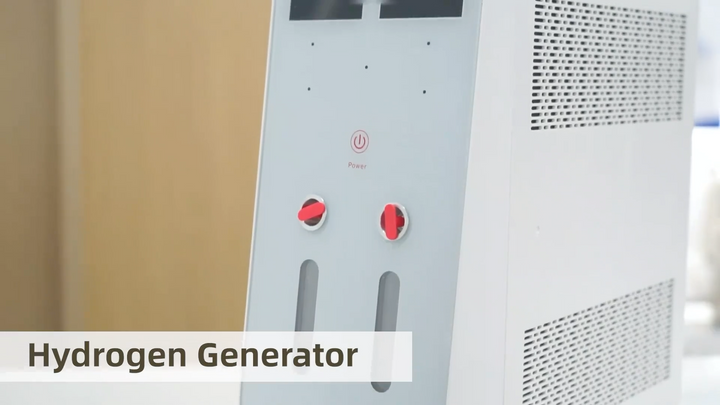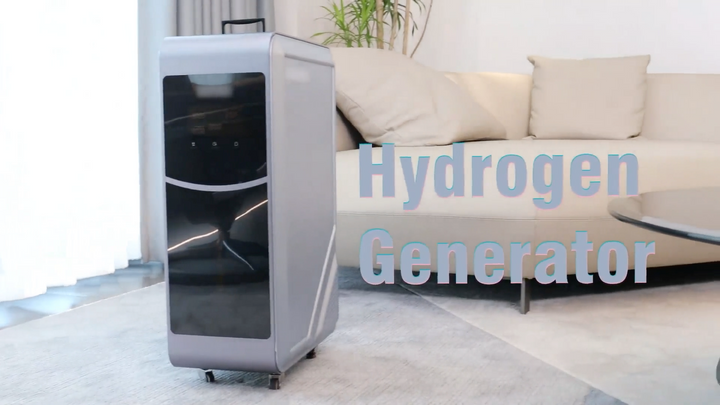It’s harder to remember than you might have initially thought, huh? We thought that might be the case. After all, it would be easy to argue that we are more disconnected from the earth than we ever have been. Not coincidentally, we’re also super sleep deprived, according to a new study from the CDC (Centers for Disease Control and Prevention) one in three of us are not getting enough rest each night.
The two may be connected.
Many of us sleep in stories-high apartments or in two-floor houses that look into other people’s dwellings. We drive or ride bikes or use some other form of faster transportation than our shoe-clad feet (which cut off our connection to mother earth) to traverse the distance from here to there.
It’s harder to remember than you might have initially thought, huh? We thought that might be the case. After all, it would be easy to argue that we are more disconnected from the earth than we ever have been. Not coincidentally, we’re also super sleep deprived, according to a new study from the CDC (Centers for Disease Control and Prevention) one in three of us are not getting enough rest each night.


